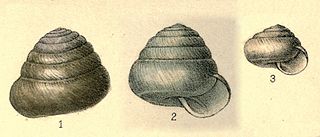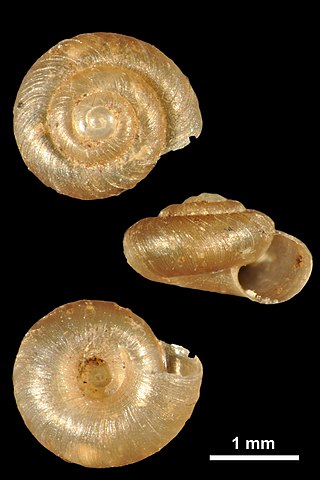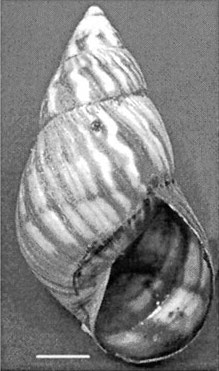
The Jamaica Defence Force (JDF) is the combined military of Jamaica, consisting of an infantry Regiment and Reserve Corps, an Air Wing, a Coast Guard fleet and a supporting Engineering Unit. The JDF is based upon the British military model, with similar organisation, training, weapons and traditions. Once chosen, officer candidates are sent to one of several British or Canadian basic officer courses depending upon the arm of service. Enlisted soldiers are given basic training at JDF Training Depot Newcastle. As in the British model, NCOs are given several levels of professional training as they rise up the ranks. Additional military schools are available for speciality training in Canada, the United Kingdom, and the United States.

Terrestrial animals are animals that live predominantly or entirely on land, as compared with aquatic animals, which live predominantly or entirely in the water, and semiaquatic animals, which rely on both aquatic and terrestrial habitats. Some groups of insects are terrestrial, such as ants, butterflies, earwigs, cockroaches, grasshoppers and many others, while other groups are partially aquatic, such as mosquitoes and dragonflies, which pass their larval stages in water.

Vertigo ovata, common name the ovate vertigo, is a species of minute, air-breathing land snail, a terrestrial pulmonate gastropod mollusk in the family Vertiginidae, the whorl snails.

Sagdidae is a family of air-breathing land snails, terrestrial pulmonate gastropod mollusks with highest diversity in the Greater Antilles. It has been classified in its own superfamily Sagdoidea and as a member of the superfamily Helicoidea. Some species of Sagdidae are ovoviviparous.

Pezosiren portelli, also known as the "walking manatee", is a basal sirenian from the early Eocene of Jamaica, 50 million years ago. The type specimen is represented by a Jamaican fossil skeleton, described in 2001 by Daryl Domning, a marine mammal paleontologist at Howard University in Washington, DC. It is believed to have had a hippopotamus-like amphibious lifestyle, and is considered a transitional form between land and sea mammals.
The Caribbean bioregion is a biogeographic region that includes the islands of the Caribbean Sea and nearby Atlantic islands, which share a fauna, flora and mycobiota distinct from surrounding bioregions.

Paralaoma servilis is a species of very small air-breathing land snail, a terrestrial pulmonate gastropod mollusk or micromollusk in the family Punctidae, the dot snails.

Allopeas, common name the "awl snails", is a genus of small, tropical, air-breathing land snails, terrestrial pulmonate gastropod mollusks in the family Achatinidae.

Lucerna bainbridgii is a species of air-breathing land snail, a terrestrial pulmonate gastropod mollusk in the family Pleurodontidae.
The Jamaican caracara is a prehistoric species of terrestrial bird in the falcon family, Falconidae. It was native to the island of Jamaica in the Caribbean, where it probably inhabited dry forests in the island's south during the early Holocene. This species was described based on fossils discovered in the Skeleton Cave in the Jackson's Bay Cave system on the south coast of Portland Ridge.

Orthalicus undatus is a species of air-breathing land snail, a terrestrial pulmonate gastropod mollusk in the family Orthalicidae.

Dentellaria sloaneana is a species of air-breathing land snail, a terrestrial pulmonate gastropod mollusk in the family Pleurodontidae.

Thelidomus aspera is a species of air-breathing land snail, a terrestrial pulmonate gastropod mollusk in the family Pleurodontidae. It is endemic to Jamaica.

Lucidella is a genus of land snails with an operculum, terrestrial gastropod mollusks in the subfamily Vianinae of the family Helicinidae.
Semitrochatella conica is a species of the genus Semitrochatella, land snails with an operculum, terrestrial gastropod mollusks in the family Helicinidae.

The Jamaican moist forests is a tropical and subtropical moist broadleaf forests ecoregion in Jamaica.

Eutrochatella is a genus of tropical land snail, a terrestrial gastropod mollusk in the family Helicinidae.

Vianinae is a subfamily of tropical land snail, a terrestrial gastropod mollusk in the family Helicinidae.














